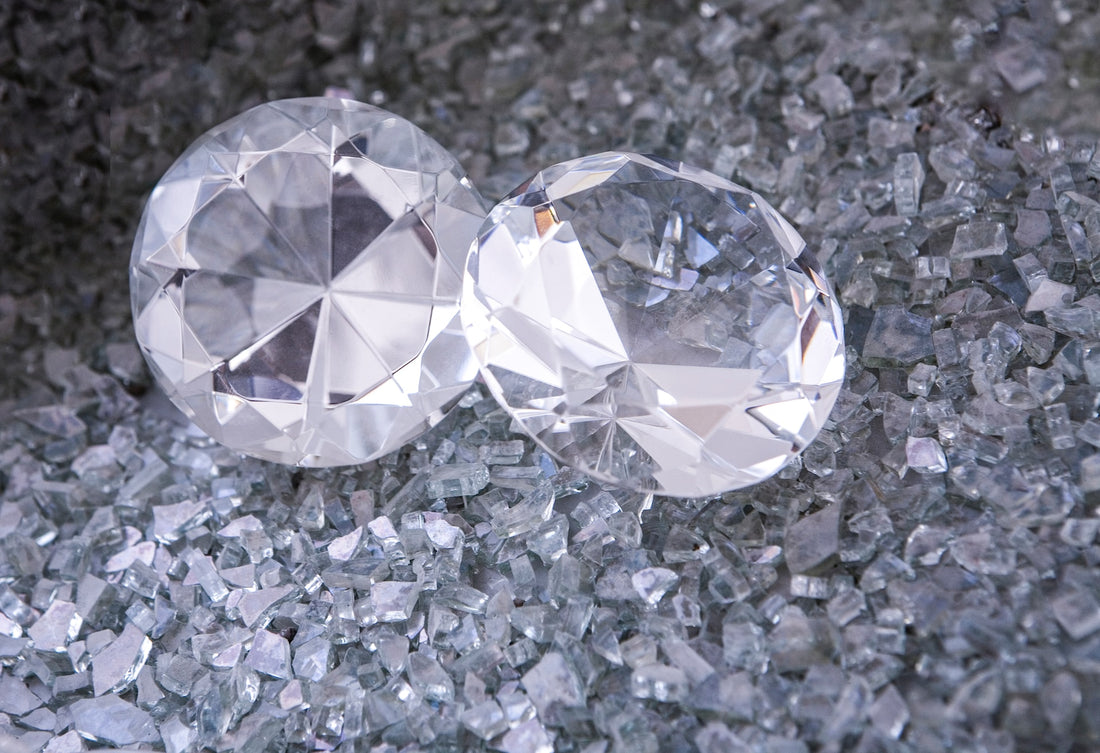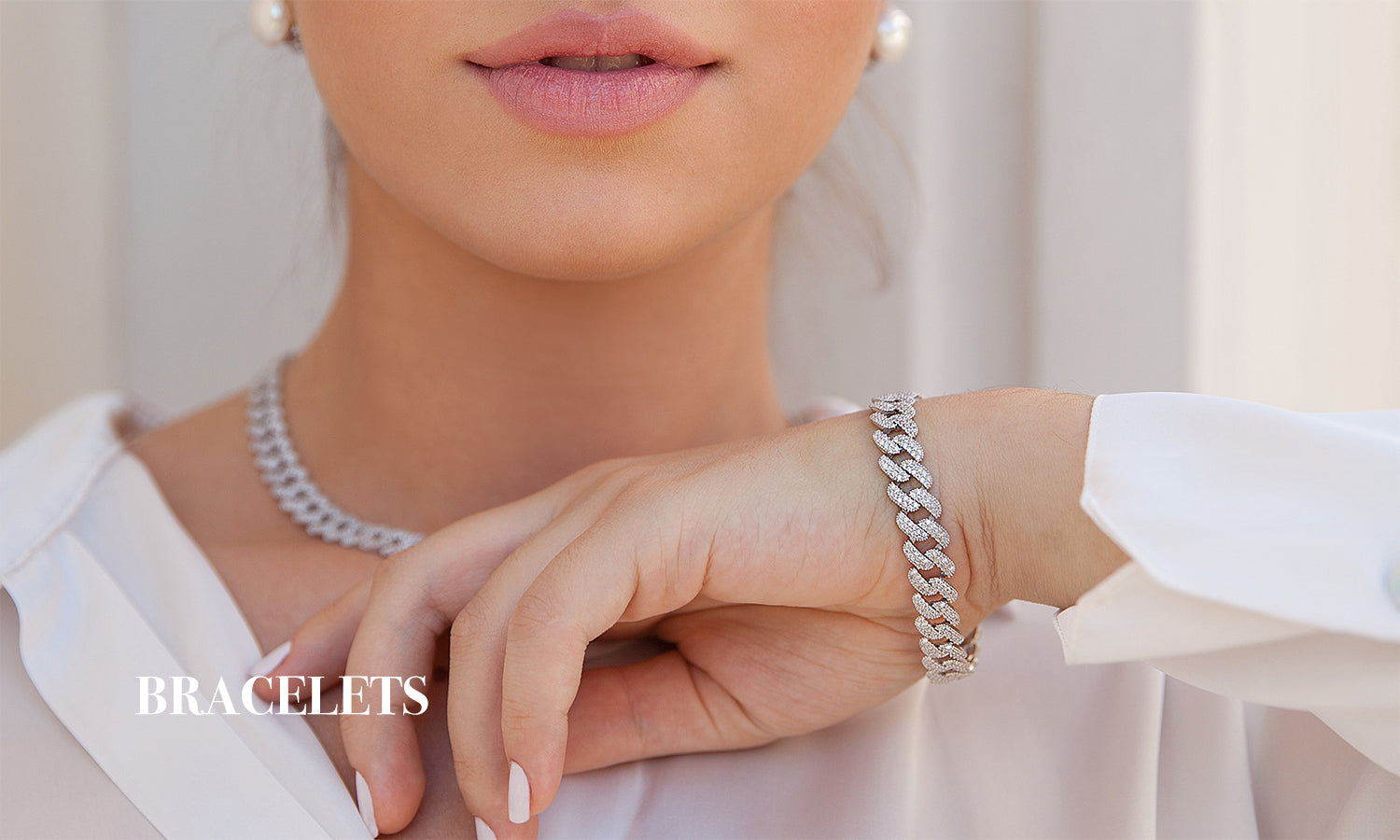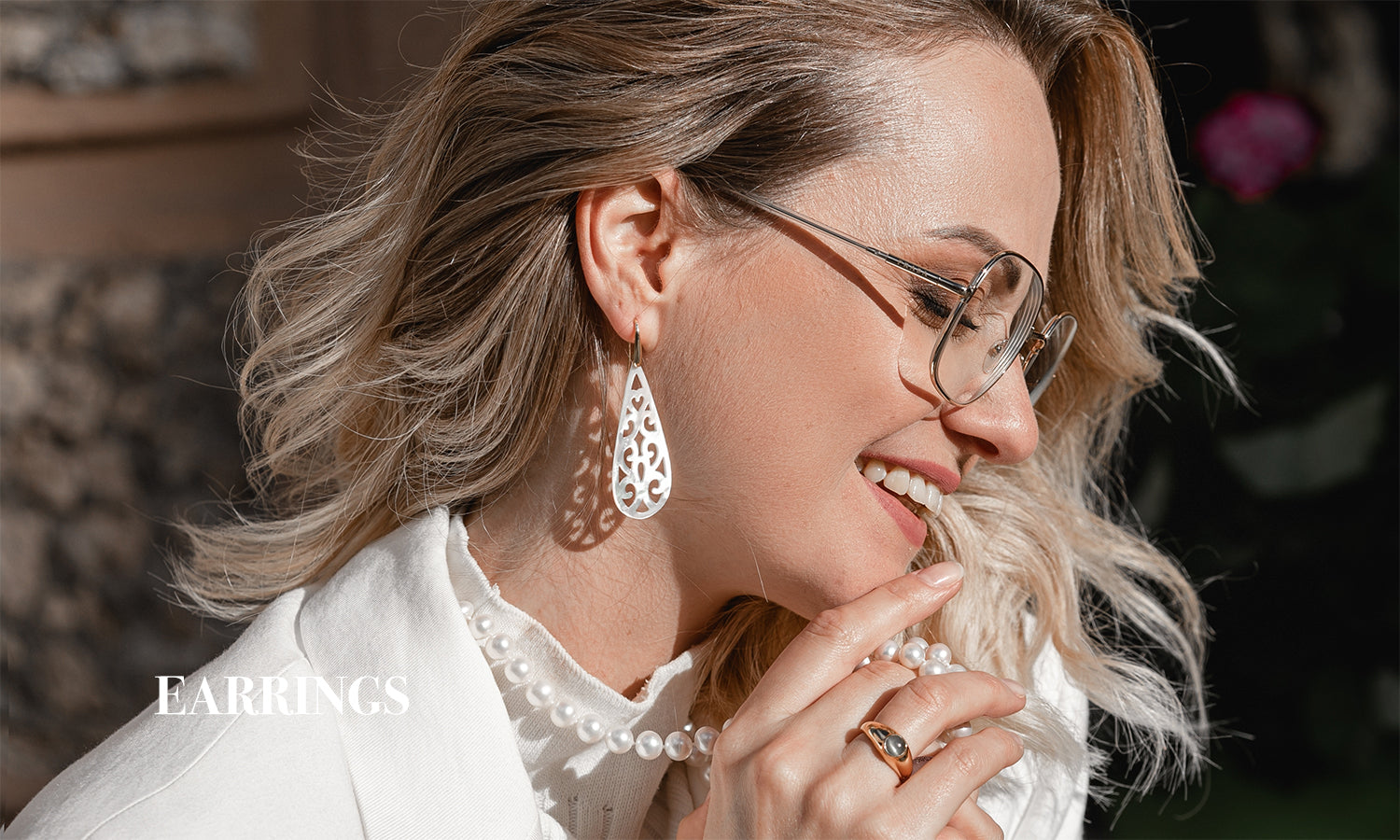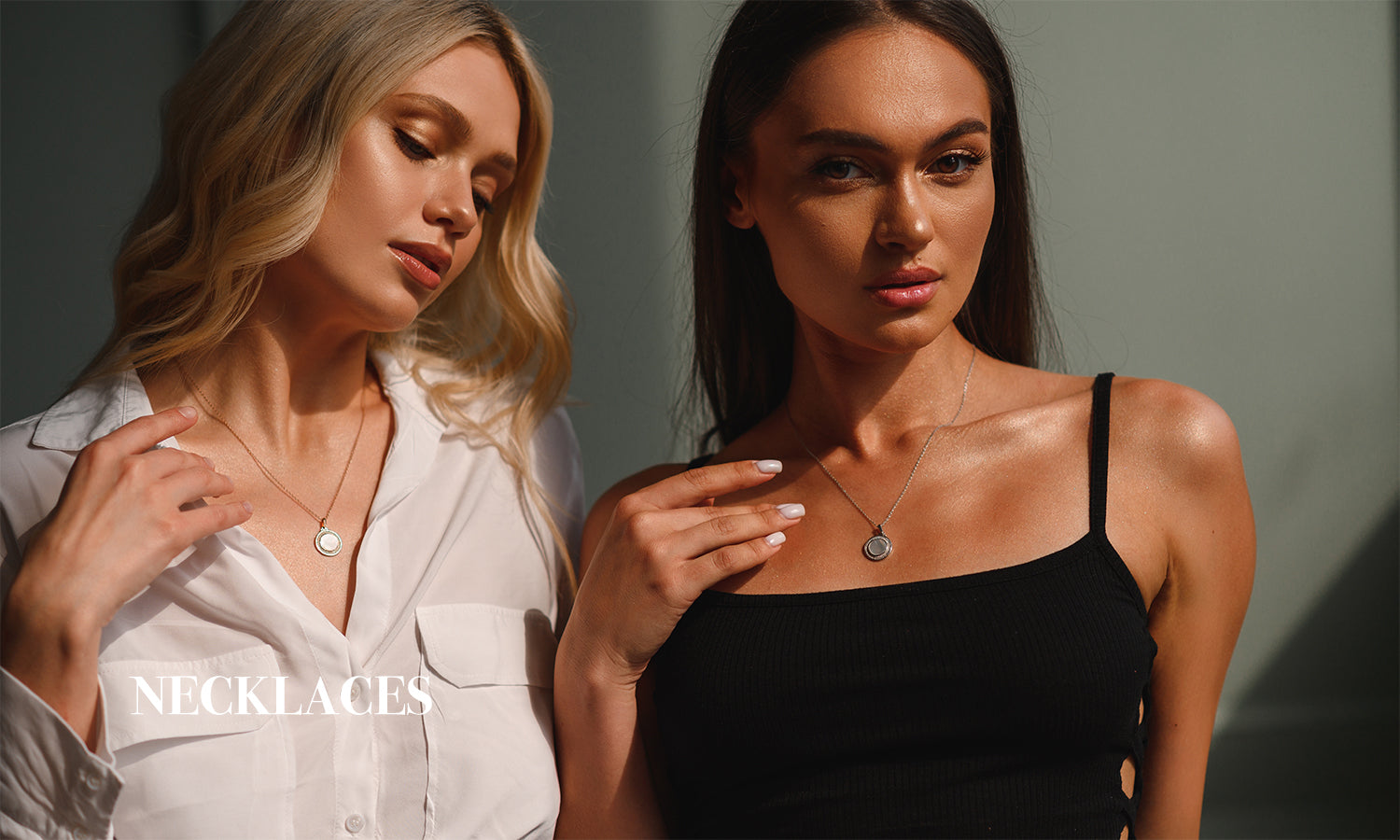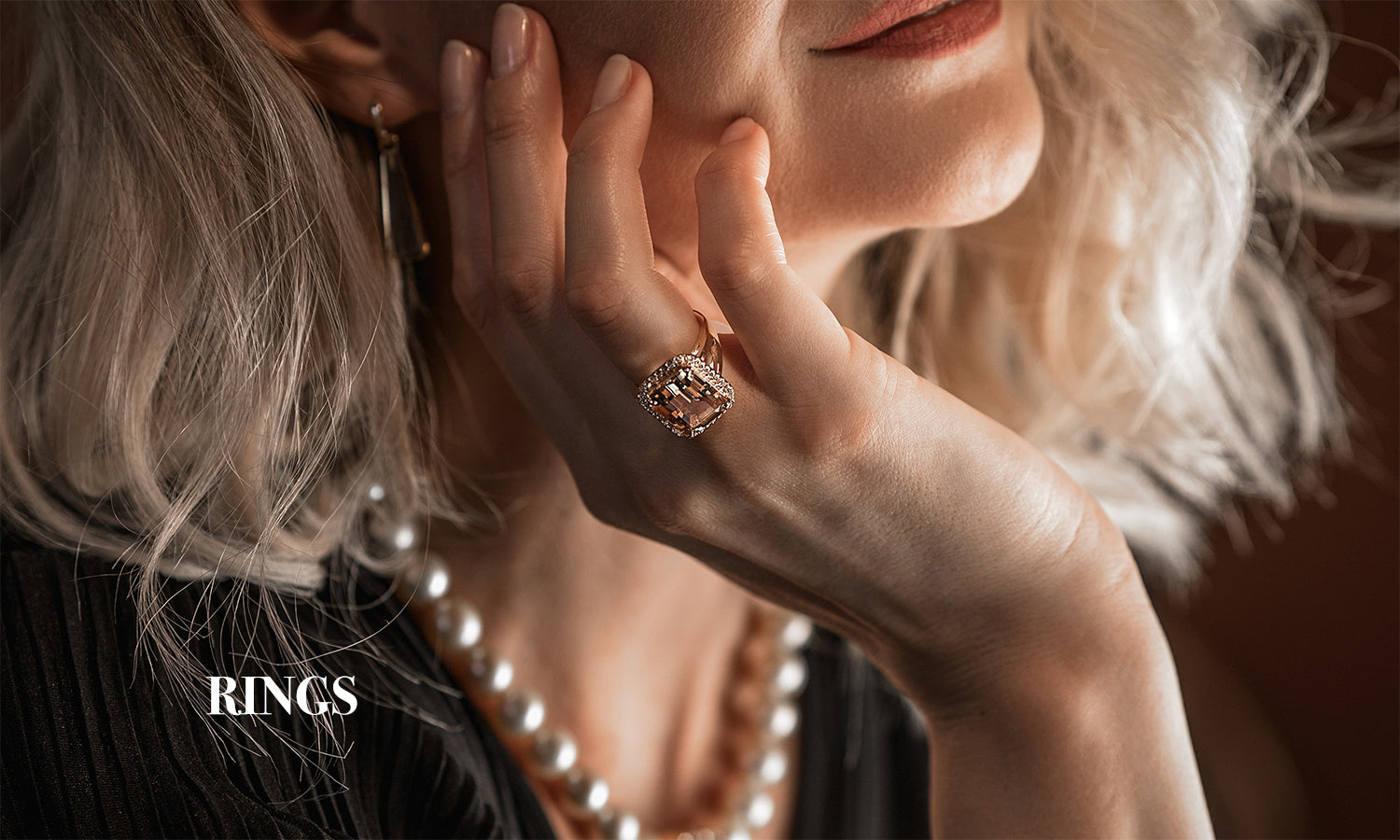Big celebrities have demonstrated their obsession with diamonds. These precious stones have been and are one of the most valued elements in jewelry. However, thanks to science and technology, since the 70s we found a clear substitute, much more affordable and just as beautiful: the zirconia.
Let's see in this article by Planderful the difference between diamond and zirconite, since at first glance they are two very similar minerals and both are usually used in the creation of jewelry.
Diamond or zirconite? A very common confusion
Indeed, although they look very similar, they are not the same. Diamond, on the other hand, is a mineral that is formed with the element of carbon, which undergoes various natural processes, becoming crystallized carbon.
Zirconite, on the other hand, is a gemstone, not a precious stone. Its origin is synthetic, invented in 1970 by the German chemist Martin Henrich Klaproth. It is one of the cubic forms of zirconium oxide and stands out for its transparency, brilliance, and luminosity.
Both minerals are associated with elegance and distinction. And, therefore, they are an excellent choice for creating all kinds of jewelry.

Source: https://www.creditdonkey.com/cubic-zirconia-diamond.html
What is a Diamond?
Diamond is a precious stone with a cubic surface and is made up of crystallized carbon. It is produced thanks to the ability of carbon to present different structures.

Diamond is a naturally occurring mineral known as the hardest gemstone in nature. It is also a stone highly valued for its luminosity and brilliance, which is why it is one of the most valued gemstones in the world. Moreover, diamonds are a very scarce mineral on Earth, which is why they are so highly valued.
Another uniqueness of diamonds is their colorlessness or white color. Sometimes, we can also find diamond jewelry with different shades such as blue, yellow, red, brownish green, and even black.
However, when freshly mined, diamonds do not sparkle. They are opaque and are often full of dirt and other materials that adhere to the stone. When they are cleaned, they go through a cutting process. Diamonds can be cut into different shapes. Each has its own brilliance that is unique and unrepeatable. One of the most common is the brilliant cut.
-Diamond care and cleaning
Diamonds do not scratch, but they do break. Avoid dropping your jewel, the impact could break, exfoliate or even fracture it. When storing them, the most appropriate is that each diamond has its own independent space, and not next to other diamonds or jewelry. It is practically impossible for them to scratch, but if two diamonds are close to each other, it could happen.
To maintain the brilliance of your diamond, keep creams, soaps, or oils away from your jewelry. These products attract grease and dirt. In any case, a cleaning of your piece of jewelry might be necessary. The best way to keep your diamonds sparkling is to use warm water with a few drops of anti-grease detergent and a soft bristle brush. Ideally, let it soak for a few minutes and then rub it. Your diamond does not need stronger cleaners, as they could be aggressive and leave them dull and dull.
What is zircon?
Zircon is a naturally occurring gemstone and is considered the oldest mineral on earth. It is of variable color, more or less transparent in its pure state, which acquires different shades due to the impurities it contains.

In any case, zircon, like 99% of colored stones is commonly heat-treated to achieve different shades. Of all the gems that enter the market, zircon is the one that is found more often heat-treated than in its original color.
Zircon is the natural stone that most closely resembles a diamond, which is why it is often used as a natural diamond substitute. This stone has a beautiful adamantine luster, strong reflections, and extraordinary fire. It also has one of the highest refractive indexes in existence, which makes it a highly prized gemstone.
Regarding its price, like any other gemstone, it will vary depending on the state in which it is found, the cut it has, the weight, and of course its color or classification.
-There are three types of zircons:
High-grade zircon, is the most precious as it forms prismatic crystals and has more variety of colors, orange, colorless, light blue, red, reddish, reddish brown, brown, yellow, yellow-brown, and golden.
The intermediate zircon is partially damaged by the radioactivity of the deposits where it was located. It is found in the colors green and yellow-green.
The low zircon is crystalline structure has been totally damaged by the radioactivity of the deposits. It is found in olive green and greenish-yellow colors.
One of the most popular zircons in existence shines with an intense blue. It comes from a town in Cambodia that is famous for having these precious stones. This famous zircon is named Ratanakiri.
Are there more differences between the two?
Yes, there are more differences between diamonds and zirconia. Keep learning what each mineral is:
- A diamond is a precious stone, while zirconite does not fall into this category of fine jewelry. Consequently, their price is not the same. A diamond is much more expensive than a zirconite.
- Luster is also key in differentiating diamonds from zirconia, as well as transparency. Zirconite is translucent, while diamond is totally transparent.
- Another difference between diamond and zirconite is that the refraction of light is higher in the diamond.
- Hardness: The Mohs scale is used to define the hardness of the elements. In this sense, while zirconite would be in category 8, diamond is in number 10, being the hardest existing element. To give us an idea: a diamond can only be scratched by another diamond.
- Heat: Another difference between diamond and zirconite is this: heat conduction. Zirconite is insulating, on the other hand, diamond is a good conductor.
- Composition: Diamond has a carbonaceous origin, while zirconite comes from zirconium oxide, a metal that is similar to titanium.
- Weight: A zirconite weighs nearly double what a diamond does. Something that can be appreciated in one's own hand (although the scale is much more accurate!).
| Feature | Diamond | Zirconia |
|---|---|---|
| Origin | Natural, formed under high pressure and temperature | Synthetic, created in laboratories |
| Composition | Pure carbon | Zirconium dioxide (ZrO2) |
| Hardness | 10 on the Mohs scale, the hardest mineral | 8.5 on the Mohs scale |
| Brilliance | Exceptional brilliance and sparkle due to its high refractive index | High brilliance, but less than diamond due to lower refractive index |
| Dispersion | High dispersion, resulting in significant fire | Lower dispersion compared to diamond |
| Color | Colorless to various colors due to impurities; rare | Can be made colorless or in various colors artificially |
| Durability | Extremely durable, but can cleave if hit sharply | Less durable than diamond but still robust |
| Heat Conductivity | Excellent conductor of heat | Poor conductor of heat |
| Care and Maintenance | Requires professional cleaning to maintain brilliance; tough but can chip | Easier to maintain, regular cleaning with mild soap and water |
| Price | Significantly more expensive due to natural rarity and demand | More affordable, offering a cost-effective alternative to diamonds |
| Environmental Impact | Mining can have significant environmental impact | Less environmental impact as they are lab-created |
| Use in Jewelry | Valued for engagement rings, luxury watches, and high-end jewelry | Popular in fashion jewelry and as a diamond alternative in fine jewelry |
How to recognize whether it is a diamond or zirconia?

There are a number of tricks to recognize the difference between a diamond and zirconia, do you want to know them?
- To check the transparency: The first tip to differentiate between zirconia and a diamond is that if you paint a black dot on a white sheet and place a diamond on top, the reflection of the dot will be distorted. With zirconia, the black dot will be perfectly visible.
- To check the shine: Did you know that if you put a diamond in a glass of water, it still shines? On the other hand, zirconia becomes transparent.
- To check for imperfections: Use a magnifying glass to see if the mineral has any scratches. As we have told you, diamond is the hardest element there is, so it is more common for a zirconite to have imperfections.
Particularities of diamonds
Here are some of the key characteristics of diamonds:
- Purity: Being an element of natural origin, it is normal to find some impurity in the diamond. Hence, the higher the purity level, the higher the price.
- Cut: Or what concerns the cut of the diamond, its shape. In this sense, we could also speak of "brilliant", but also of other shapes such as pear, princess or Asscher cut, among others.
- Weight: Its weight is measured in carats. The more carats the diamond has, the more valuable it will be.
- Color: Did you know that not all diamonds are transparent? We also find blue, red, and yellow... the color also allows us to generate its value.
Characteristics of zircons
And what are the particularities of zircons? We will tell you right now:
- Brightness: As mentioned before, they stand out for their brightness. They have a tetragonal shape, which facilitates the reflection of light and, therefore, a great amount of brightness.
- Clarity: Zirconias are very clean and it is very rare to find inclusions inside the mineral.
- Color: Although zirconias are transparent, they can be modified and show colors such as yellow, green, blue, white, or even gold. A property that facilitates the creation of incredible designs.
- Popularity: Zirconia is one of the most used gemstones in jewelry, as it is an ideal combination of quality and low cost.
In short, it is very fortunate that there is jewelry with zirconia: the same effect as diamond, beauty, brilliance, elegance... and much more affordable!
Finally, differences between diamonds and brilliants
The difference between a diamond and a brilliants is in its concept. The diamond is the rough stone, while the brilliant is the name given to the cut of the stone. Thus, it can be said that not all brilliants are diamonds because the brilliant refers to the cut -in fact, it is a type of cut- and not to the material, so other gemstones can be brilliant cut.
However, it is true that the name brilliant has become popular to designate all cut diamonds, although this term should be indicated together with the gemstone. That is to say: brilliant cut diamonds.
So, what does the brilliant-cut look like to know if the diamond is cut? It is easy. The brilliant cut, one of the most used in jewelry, is recognized because its cut is round and it is made so that the best angles of refraction of light can be achieved so that the cut diamond shines as much as possible.

Source: https://amaruco.com/blogs/news/what-is-a-transitional-cut-diamond
Diamond or zirconia, that is the question. And you, do you already have it clear?
Take advantage and give a touch of sparkling life to your looks with Planderful jewelry. Discover them in our online store.

